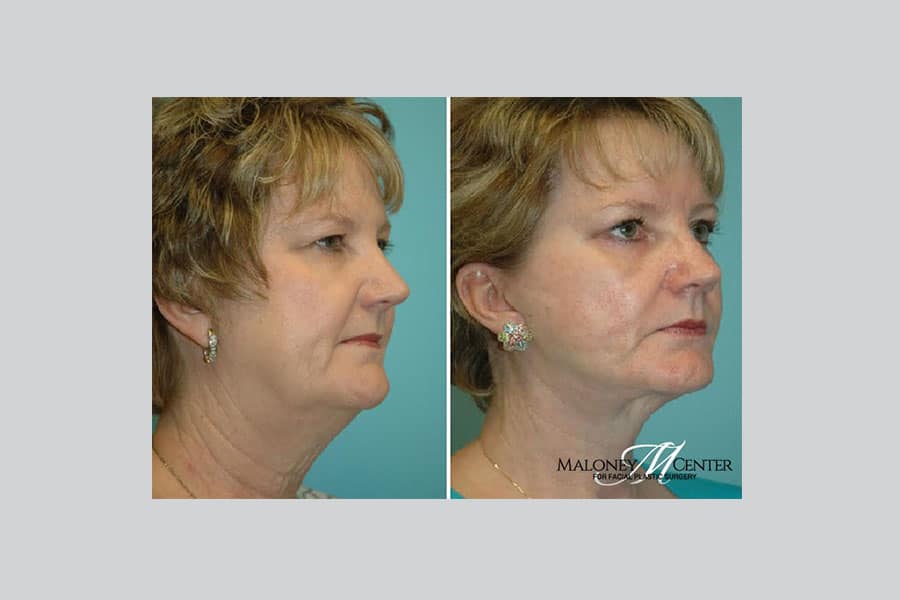
The size and shape of your nose can make it an especially prominent feature of your face. This can affect they way you feel about yourself. The size and shape of your can also cause medical problems such as difficulty breathing or sleeping.
Many people in Atlanta have come to me concerned that their nose is too big or has an unusual shape. Rhinoplasty, or nose surgery, is a procedure I often recommend to address their concerns.
Of course, people always have questions about rhinoplasty and I am always happy to provide answers. I believe that providing my patients with good information about facial plastic surgery is vital to achieving successful results.
Let me share with you what Atlanta can expect from a rhinoplasty procedure.
Consult With Surgeon Before Rhinoplasty
The first thing I do with my patients is talk with them about their cosmetic or medical goals.
People in Atlanta consider rhinoplasty because they want to enhance the size and shape of their nose. This can be a nose that is too large, has an upturned tip, or has a bump on the bridge. Sometimes abnormalities on the inside of your nose can make it hard to breathe properly.
Once we discuss the reasons for the rhinoplasty, I provide a comprehensive explanation of the risks involved in surgery, the steps involved in the procedure and the required follow up care.
Then a decision is made about whether to proceed with the rhinoplasty.
Once a decision is made, I take photos and use computer imaging to show you exactly how the bone and cartilage in your nose can be sculpted to reshape your nose.
What Does the Surgeon Do During a Rhinoplasty Procedure?
Here’s what happens during the actual rhinoplasty procedure.
First, a local anesthetic with sedation or general anesthesia is administered, depending on your specific needs.
Then, incisions are made inside the nose or at the base of the nose between the nostrils. The skin of the nose is lifted from the bone and cartilage. A portion of this bone and cartilage is removed or repositioned to give your nose a new structure.
Next, the skin is redraped over the new nasal structure and incisions are closed.
A splint is applied to the exterior of the nose to maintain the new shape during healing. Soft material may be inserted inside the nose to stabilize the septum (the bone and cartilage that separates the left and right nostrils).
What Happens After a Rhinoplasty Procedure?
I always stress to my patients the importance of adhering to follow up care instructions after a rhinoplasty procedure. This includes:
Not blowing your nose for the first seven days after surgery
Keeping your head elevated
Avoiding sun exposure and physical exertion
Not resting glasses on the bridge of your nose
You can expect some mild swelling and bruising around your face immediately following surgery. Splints are typically removed at a follow-up appointment about a week after your surgery.
Following these steps will ensure your rhinoplasty procedure is a success and helps you achieve the look you want. Call to schedule a consultation today!







